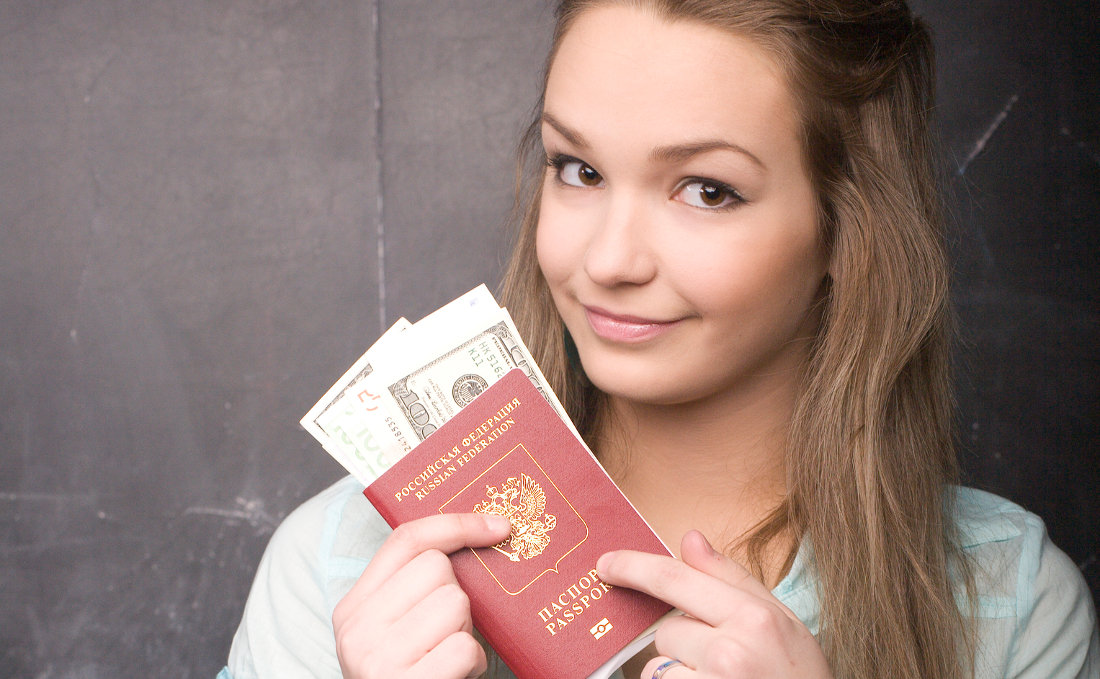A Guide to Making and Receiving Cross-Border Payments
There are numerous instances when individuals and businesses need to make or receive international travel-related payments. While this field was the fiefdom of banks until a couple of decades ago, that is no longer the case. Now, scores of specialist overseas fund transfer companies vie for your attention, giving you different payment and transfer methods from which to choose. Given the plethora of options, paying attention to individual requirements is crucial.
Choosing a Transfer Method
The desired transfer method may have a bearing on the company you should choose.
- Bank account. Most leading overseas fund transfer companies let you transfer funds to overseas bank accounts, although their lists of supported countries tend to vary. When using this alternative, you will need to provide the recipient’s name and bank account details. Some of your options include CurrencyFair, Currencies Direct, World First, TorFX and TransferWise. Depending on factors such as the company you choose and the mode of payment, turnaround times for these transfers may vary from one to five business days.
- Cash pickup. If you want the recipient to collect transferred funds from a physical location, you will need to work with a company that operates its own cash pickup centres or has tie-ups with agents. Some reputable companies that offer this service include Ria, Azimo, MoneyGram, Western Union, and WorldRemit. These transfers tend to take place almost immediately.
- Email address. If you are apprehensive about sharing your bank account details with someone who has to send you money, this is a route you may want to take. PayPal lets you receive funds using no more than your email address, and once the money gets to your PayPal account you get to withdraw it into your local bank account. TransferWise facilitates payments via email addresses too.
Modes of Payment
How you wish to pay for your transfer will have a bearing on the companies you get to shortlist because not all offer the same modes of payment. Most companies accept payments via bank wire transfers, and some let you pay using debit and credit cards. Depending on the company you choose, other location-specific methods may include ACH, BACS, CHAPS, SOFORT, iDEAL, and POLi. WorldRemit, TransferWise, and Frontierpay accept payments via credit cards.
Does Your Business Receive Payments From International Travelers?
If your business receives payments from international travelers, you probably end up losing money in the form of fees and less-than-favourable exchange rates. Some fund transfer companies provide you with details of receiving accounts in multiple currencies, and they also give you the ability to hold funds in a range of currencies.
The TransferWise Borderless Account, for example, comes with receiving accounts in British pounds, U.S. dollars, euros, and Australian dollars. It lets you hold funds in up to 27 currencies. OFX and World First also offer receiving accounts in multiple currencies.
Other Factors to Consider
- Exchange rates and fees. An easy way to determine which company does better on this front is to compare how much money the recipient stands to receive at the end of the transfer.
- Limits. Some companies have minimum and maximum sending limits in place.
- Processing time. Depending on the company you choose, the mode of payment, and the transfer method, this typically varies from one to five business days. In some instances, in might take longer.
- Customer service. Platforms such as Trustpilot and Feefo give you easy means to find out what customers have to say about most of these companies. Customer service levels are important if you plan to transfer funds from time to time.
Conclusion
While making and receiving overseas payments has simplified considerably in the recent past, selecting the right company requires that you carry out a little research ahead of time. Comparing your alternatives is important because no single company serves everyone’s needs equally well.

